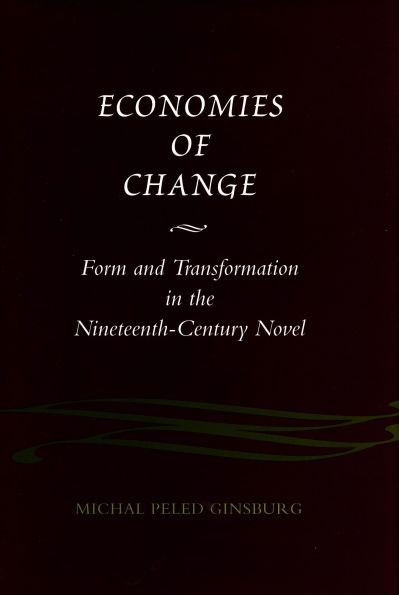The analysis of each novel centers around the notion of transformation—or the “economy of change”—as it informs the text and our understanding of it, arguing that transformation is not only a basic category of narrative structure but also the key to the link between literary form and cultural context. The readings foreground the different ways transformation operates in narrative texts: as a category of plot, as what underlies the production of meaning or knowledge in the text, and as what constitutes the text as representation. The discussion of each novel begins by reviewing certain dominant interpretations and then proceeds to offer alternative readings, challenging the logic that underlies those interpretations and complicating common ways of categorizing novels.
The analysis of each novel centers around the notion of transformation—or the “economy of change”—as it informs the text and our understanding of it, arguing that transformation is not only a basic category of narrative structure but also the key to the link between literary form and cultural context. The readings foreground the different ways transformation operates in narrative texts: as a category of plot, as what underlies the production of meaning or knowledge in the text, and as what constitutes the text as representation. The discussion of each novel begins by reviewing certain dominant interpretations and then proceeds to offer alternative readings, challenging the logic that underlies those interpretations and complicating common ways of categorizing novels.

Economies of Change: Form and Transformation in the Nineteenth-Century Novel
268
Economies of Change: Form and Transformation in the Nineteenth-Century Novel
268Hardcover(1)

Product Details
| ISBN-13: | 9780804726115 |
|---|---|
| Publisher: | Stanford University Press |
| Publication date: | 09/01/1996 |
| Edition description: | 1 |
| Pages: | 268 |
| Product dimensions: | 6.00(w) x 9.00(h) x 0.90(d) |
| Lexile: | 1490L (what's this?) |
